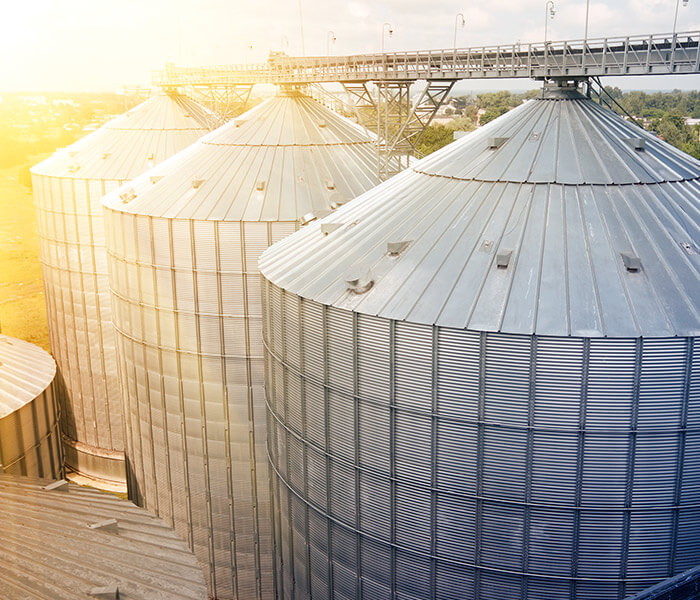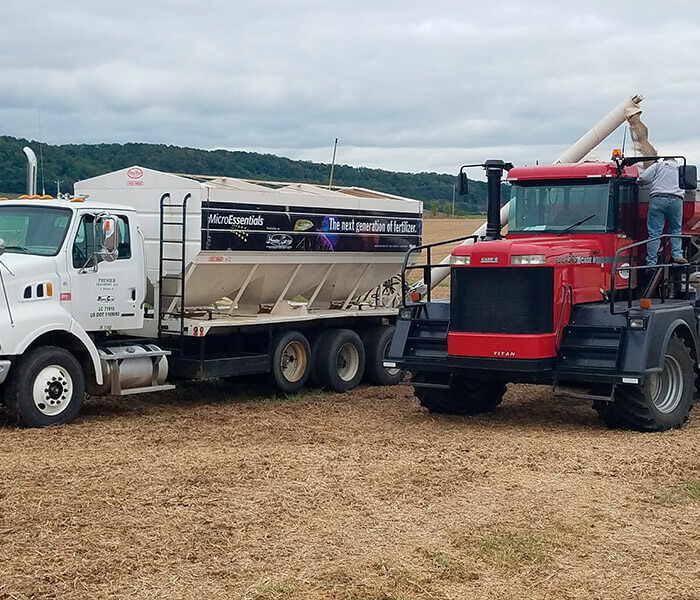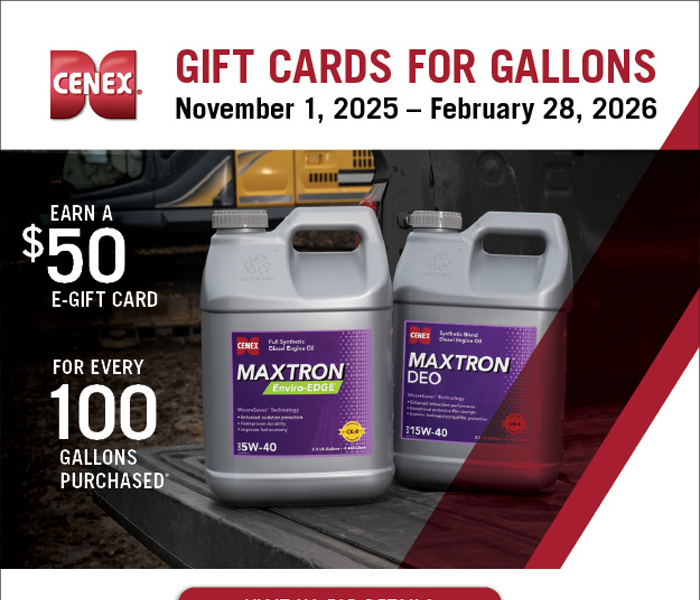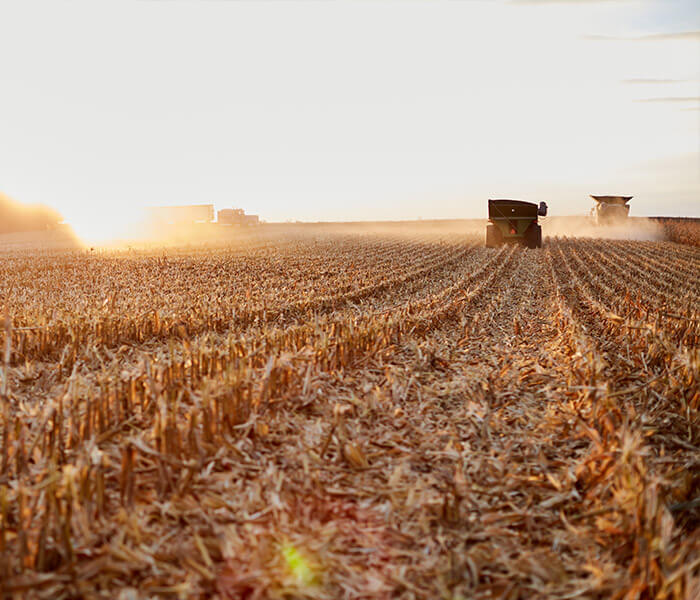Fall Fertilizer and Soil Sampling
A successful spring starts long before the first seeds hit the soil. The foundation for healthy crops and high yields begins now with smart soil sampling and strategic fall fertilizer applications. These practices provide the data and nutrients your fields need to thrive, ensuring balanced fertility, improved soil health, and a head start on next season’s growth.
Soil Sampling:
There are numerous benefits to incorporating soil sampling into your program. Some of these benefits include a foundation for informed decision-making, optimized nutrient management, and improved soil health.
Soil sampling is considered the foundation for informed decisions because it provides you with measurable data that every fertility or management choice should be built on. This can help with nutrient placement to reach desired yield goals.
By revealing the availability of both macro and micronutrients, soil sampling enables more precise fertilizer applications tailored to crop needs—often reducing input costs in the process.
It also enhances soil health by managing what it needs, versus treating every acre the same. This can prevent over-fertilization and nutrient buildup, which can lead to nutrient tie-ups or runoff. Keeping these inputs in balance is key to feeding the crop without stressing the soil biology.
At Premier Cooperative, we offer grid and conventional sampling. Grid sampling divides the field into equal-sized grids, and each sample is individually tested. This shows high resolution of field variability and enables the precision of variable rate applications. At the same time, conventional sampling pulls several cores from a general area and mixes them into one sample. If interested in either of these services, get in contact with your local agronomist for more information about which option best suits your operation.
Fall Fertilizer:
As harvest is in full swing and crops are leaving the fields, it is time to think about applying fall fertilizer. There are many agronomic benefits when it comes to this practice, such as optimizing soil pH, maintaining soil fertility, and storing nutrients for the spring.
As agronomists, we stress the importance of maintaining soil fertility, which is essential for continued success. Making lime applications is ideal in the fall to correct soil acidity. PH is your building block for nutrient availability and fertilizer efficiency. Without adequate pH ranges, nutrients like phosphorus and potassium cannot be fully utilized by the crop. Lime materials take time to dissolve and neutralize the soil; this can ensure optimal ranges for the next season.
Fall-applied nutrients such as phosphorus and potassium will have adequate time to be mineralized and absorbed by the soil. The soil will then act as a reservoir holding these immobile nutrients, which in turn promotes an earlier and stronger spring growth for the following crop.
These are just a few of the many benefits that applying fall fertilizer provides for growers. For more information on applying fall fertilizer please reach out to your local Premier agronomist.
Haylie Birchman
Agronomist




